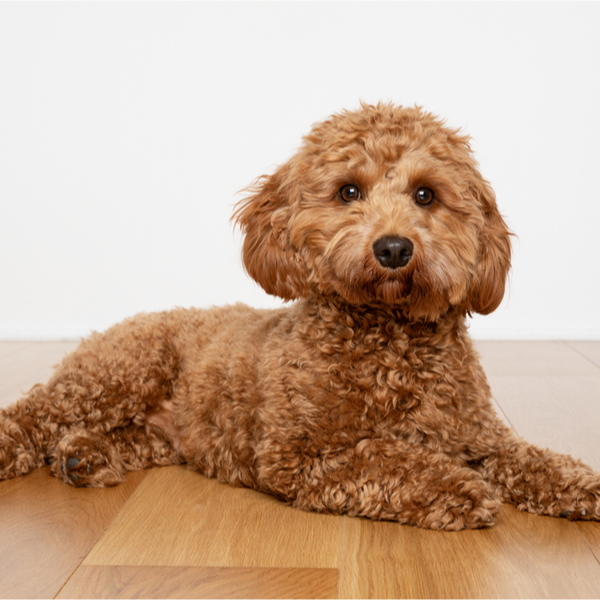
TEACUP HAVANESE PUPPIES FOR SALE
Happy. Devoted.
Also called Havana Silk Dog, White Cuban, Havana Spaniel, Spanish Silk Poodle, Bichon Havanais, and Bichon Habanero, the Havanese is becoming more popular as a family pet. They have a happy, amicable disposition and love children, other dogs, and even cats. Even though toy breeds are notoriously vocal, Havanese are not overly so. They are intelligent, spirited, and devoted family members who are smart enough to be easily trained. Your sweet Havanese puppy will lift your spirits every time you walk through your front door.

Temperament
They have a happy, fun-loving disposition. This dog’s intelligence makes it easy to train, though housebreaking may take extra patience. They thrive with generous praise.
The Havanese prefers being indoors, but they won’t usually hesitate at the chance to play outside.
This pup adapts easily to the family’s schedule and lifestyle, but if you have to leave them alone, watch out for a mischievous streak. They tend to become destructive without proper training and plenty of toys.

Appearance
They have a long, silky double-layered coat with a light outer coat and an undercoat that is sometimes absent. Their coat colors are:
- White
- Brown
- Gold
- Blue
- Silver
- Black
- Fawn
- Combination of colors like brindle, sable, tri color, Irish pied, parti, piebald, black and white and belton.

Exercise
We recommend 60 minutes of activity and about 7 miles walking per week.
Although the Havanese was named for the Cuban capital city of Havana, they are thought to have originated in the Mediterranean. Spanish settlers are believed to have brought them to Cuba in the 1700s. Historians believe they developed from two now-extinct breeds: the Blanquito de le Habana and the Bichon Tenerife. Both were small with long, silky hair like the Havanese has today. Ship manifests documented that passengers bound for Cuba brought these small dogs aboard with them.
When the Cuban Revolution occurred in 1959, refugees brought their little pups with them to the United States. The Havanese Club of America was formed in 1979 with only nine members. Havanese were officially recognized as part of the Toy Group by the American Kennel Club in 1996.
A few of these canines made their way into the United States around 1959 when the Cuban Revolution occurred. Refugees brought these little dogs with them into the United States. In 1979, the Havanese Club of America formed with just nine members. In 1996, the American Kennel Club officially recognized them as a member of the Toy Group.
Major health concerns to be aware of:
- Patellar Luxation
- Deafness
- Cherry Eye
- Cataracts
- Legg-Calve-Perthes Disease
- Portosystemic Shunt
- Heart Murmur
Minor health concerns to be aware of:
- Progressive Retinal Atrophy
- Hip Dysplasia
- Chondrodysplasia (Chd)
A Havanese with a full coat can have hair eight inches long. If yours has a full coat, they must be brushed daily and bathed weekly. If you elect to cut their fur short, it should be done every six to eight weeks, and their baths can be every other week instead of weekly. Even shorter cuts will need to be brushed at least a few times a week. Their coat naturally cords or can be trained to do so, and this look can be cute and convenient if you’re not up to constant brushing. Corded coats need weekly baths to remove any debris and dirt and keep the dog smelling fresh. Trim nails monthly and brush teeth a couple of times a week.












